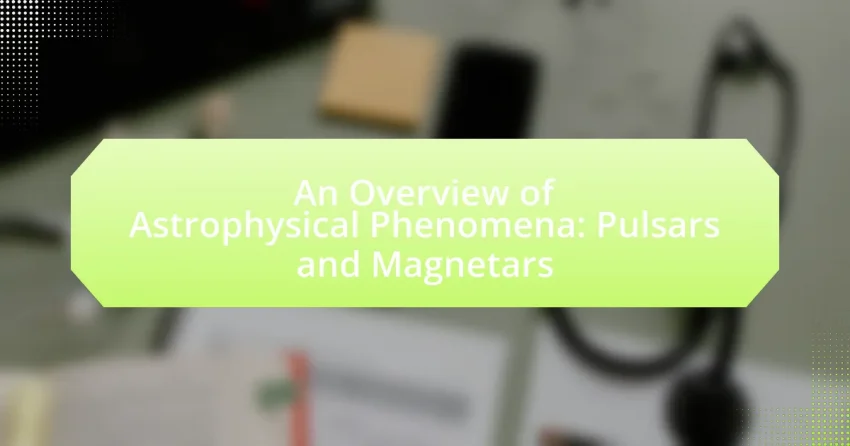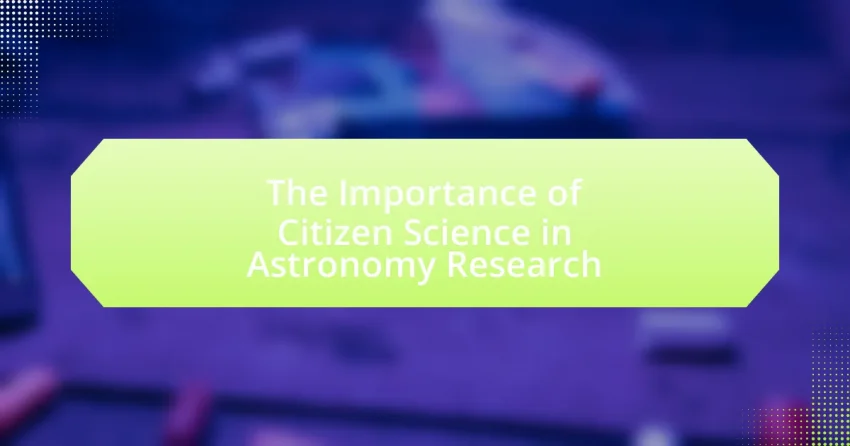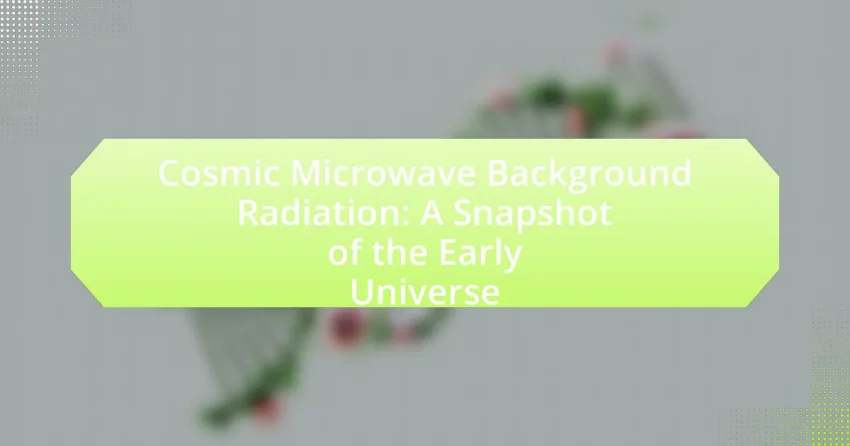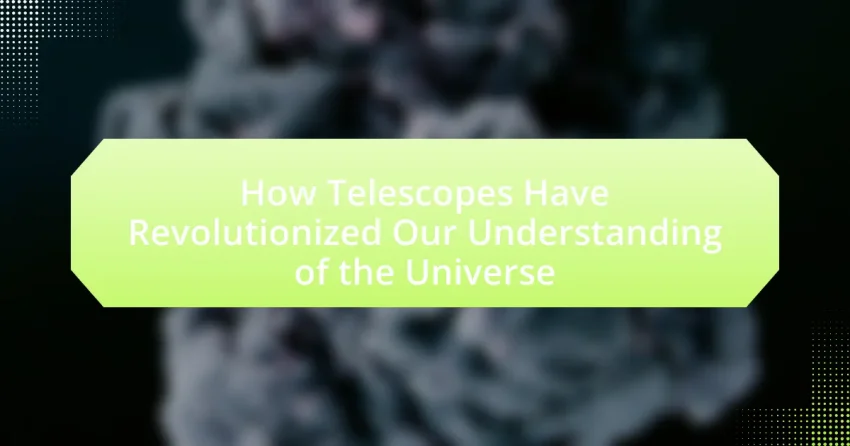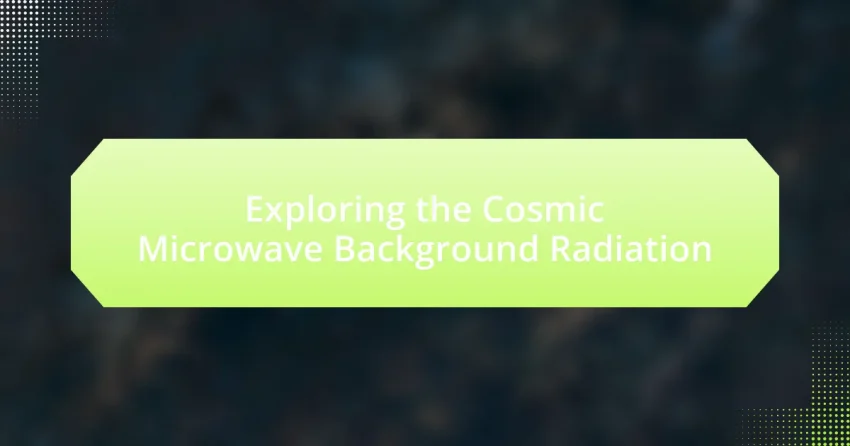Pulsars and magnetars are two distinct types of neutron stars that play significant roles in astrophysics. Pulsars are highly magnetized, rotating neutron stars that emit beams of electromagnetic radiation, primarily observed in radio wavelengths, while magnetars possess extraordinarily strong magnetic fields, leading to intense bursts of X-rays and gamma rays. The article explores their defining…
The Importance of Citizen Science in Astronomy Research
Citizen science plays a vital role in astronomy research by enhancing data collection and analysis through the involvement of non-professional astronomers. Projects such as Galaxy Zoo and Planet Hunters have successfully engaged thousands of volunteers, leading to significant discoveries like new galaxy types and exoplanets. This collaborative approach not only accelerates research but also democratizes…
The Influence of Solar Activity on Earth’s Climate
The article examines the influence of solar activity on Earth’s climate, highlighting how variations in solar radiation and magnetic fields can lead to changes in global temperatures and weather patterns. It discusses historical correlations, such as the Maunder Minimum and the Little Ice Age, illustrating the impact of reduced solar output on cooler climate periods….
The Role of Dark Matter in the Universe
Dark matter is a form of matter that does not emit, absorb, or reflect light, making it invisible and detectable only through its gravitational effects. It constitutes approximately 27% of the universe’s total mass-energy content and plays a crucial role in the formation and structure of galaxies and galaxy clusters. The article explores how scientists…
Exploring Dark Matter: What We Know and What We Don’t
Dark matter is a form of matter that does not emit, absorb, or reflect light, making it invisible and detectable only through its gravitational effects. It constitutes approximately 27% of the universe’s total mass-energy content and was first identified through observations of galaxy rotation curves in the 1930s. Key evidence supporting its existence includes gravitational…
Cosmic Microwave Background Radiation: A Snapshot of the Early Universe
Cosmic Microwave Background Radiation (CMBR) is the remnant radiation from the Big Bang, providing crucial evidence for the universe’s early conditions approximately 380,000 years after its formation. Discovered in 1965 by Arno Penzias and Robert Wilson, CMBR has a uniform temperature of about 2.7 Kelvin and exhibits slight anisotropies that reveal density variations essential for…
The Theory of Relativity: Implications for Space and Time
The Theory of Relativity, developed by Albert Einstein, fundamentally reshapes our understanding of space, time, and gravity through its two main components: Special Relativity and General Relativity. Special Relativity addresses the physics of objects moving at constant speeds, introducing concepts such as time dilation and length contraction, while General Relativity explains how massive objects warp…
How Telescopes Have Revolutionized Our Understanding of the Universe
Telescopes have revolutionized our understanding of the universe by enabling detailed observations of celestial objects and phenomena that are not visible to the naked eye. The article outlines key milestones in telescope development, from the refracting telescope of the 17th century to modern advancements like the Hubble Space Telescope and upcoming technologies. It discusses how…
Gravitational Waves: What They Are and Why They Matter
Gravitational waves are ripples in spacetime generated by the acceleration of massive objects, such as merging black holes and neutron stars, first predicted by Albert Einstein in 1916 and confirmed by LIGO in 2015. This article explores the generation of gravitational waves, the astronomical events that produce them, and their significance in physics, including their…
Exploring the Cosmic Microwave Background Radiation
Cosmic Microwave Background Radiation (CMB) is the remnant radiation from the Big Bang, providing critical evidence for the universe’s early conditions and supporting the Big Bang theory. Discovered in 1965 by Arno Penzias and Robert Wilson, CMB is characterized by its isotropy and a temperature of approximately 2.7 Kelvin. The article explores the significance of…
